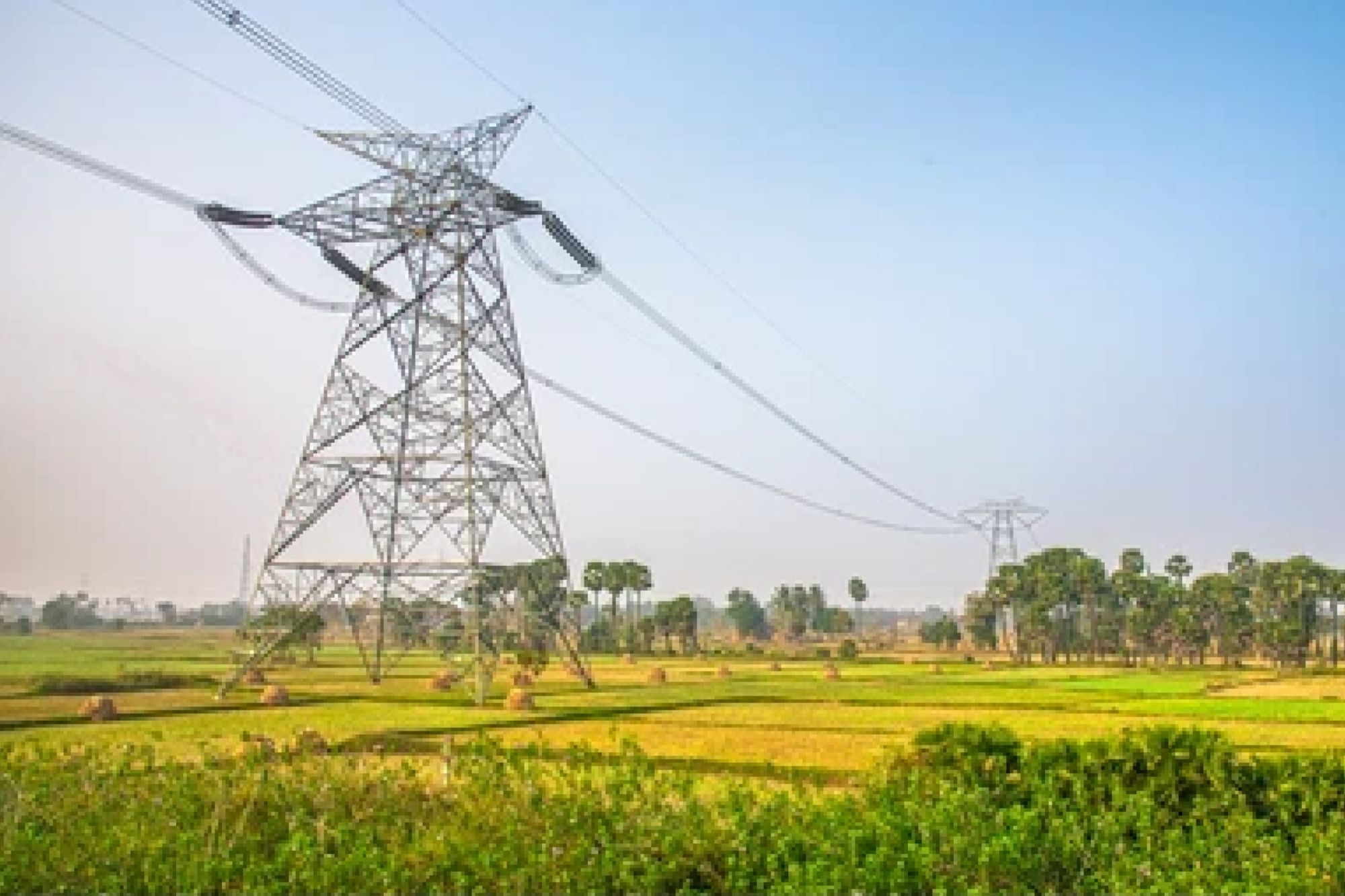With an investment of 1.85 lakh crores India achieves 100 percent village electrification
By EPR Magazine Editorial February 7, 2024 5:41 pm IST
By EPR Magazine Editorial February 7, 2024 5:41 pm IST

The government has addressed the critical issue of power deficiency by adding 196558 MW of generation capacity since April 2014, transforming our country from power deficit to power sufficiency.
Over the past nine years, the government has implemented the Deen Dayal Upadhyaya Gram Jyoti Yojana (DDUGJY) and Integrated Power Development (IPDS) schemes to achieve the objective of providing uninterrupted power supply by strengthening the sub-transmission and distribution network. Additionally, the government has implemented the Pradhan Mantri Sahaj Bijli Har Ghar Yojana- (SAUBHAGYA) to achieve universal household electrification, providing electricity connections to all willing un-electrified households in rural areas and all willing poor households in urban areas. Through these schemes, with an investment of 1.85 lakh crores, 18374 villages have been electrified, and 2.86 crore households have been provided electricity connections, resulting in 100 percent village electrification. Furthermore, 2927 new substations have been added, 3965 existing substations have been upgraded, 6,92,200 Distribution Transformers have been installed, Feeder separation of 1,13,938 Circuit Kilometer (CKm) has been carried out, and 8.5 Lakh Circuit Kilometer (CKm) of HT and LT lines have been added/changed.
There is adequate availability of power in the country. The government has addressed the critical issue of power deficiency by adding 196558 MW of generation capacity since April 2014, transforming our country from power deficit to power sufficiency. The government has increased the generation capacity by 72.3 percent from 248554 MW in March 2014 to 428299 MW in December 2023.
As a result of these measures, the availability of power supply in rural areas has increased from 12.5 hours in 2015 to 20.6 hours in 2023, while in urban areas, it has increased to 23.78 hours in 2023. The gap between Energy Requirement and Energy Supplied has decreased from 4.2 percent in 2013-14 to 0.3 percent in 2023-24. However, this remaining gap is generally due to constraints in the State transmission/distribution network and financial constraints of DISCOMs, etc.
The Central Electricity Authority (CEA) conducts Electric Power Surveys (EPS) of the country every five years to estimate electricity demand on a medium-term and long-term basis, as obligated under Section 73(a) of the Electricity Act 2003. The 20th Electric Power Survey (EPS) report, published in November 2022, covers electricity demand projections from 2021-22 to 2031-32, as well as prospective electricity demand projections for 2036-37 and 2041-42 for the country.
The Minister informed that the government has taken the following steps to meet the increased demand for power in the country:
i. To ensure uninterrupted power supply for the nation’s growth, the anticipated capacity addition between 2023-32 is as follows:
a. 26380 MW of Thermal Capacity is under construction, 11960 MW has been bid out, and 19050 MW is under clearance. The total anticipated Thermal capacity addition by 2031-2032 will be 93380 MW. b. 18033.5 MW of Hydro Capacity (including stalled projects) is under construction, and the total anticipated Hydro capacity addition by 2031-2032 will be 42014 MW. c. 8000 MW of Nuclear Capacity is under construction, and the total anticipated Nuclear capacity addition by 2031-2032 will be 12200 MW. d. 103660 MW of Renewable Energy Capacity is also currently under construction, and the anticipated RE capacity addition by 2031-32 will be 322000 MW. Thus, a total of 156073.5 MW of Capacity is under construction, and the total anticipated capacity addition by 2031-2032 will be 469594 MW.ii. 1,89,052 circuit kilometers (ckm) of transmission lines, 6,88,142 MVA of Transformation capacity, and 80,590 MW of Inter-Regional capacity have been added, connecting the whole country into one grid running on one frequency with the capability of transferring 1,16,540 MW from one corner of the country to another. India’s grid has emerged as one of the largest unified grids in the world. Connecting the whole country into one grid has transformed the country into one unified power market. Distribution Companies can buy power at the cheapest available rates from any generator in any corner of the country, thereby enabling cheaper electricity tariffs for consumers.
iii. India has committed to augment non-fossil fuel-based installed electricity generation capacity to over 500000 MW by 2030. A transmission plan for the integration of 500000 MW RE capacity by 2030 is being implemented in a phased manner commensurate with RE capacity addition. At present, about 179000 MW of non-fossil fuel generation capacity is already integrated.
iv. Setting up Ultra Mega Renewable Energy Parks to provide land and transmission to RE developers for the installation of RE projects on a large scale.
v. Reformation of the Electricity market by adding the Real-Time Market (RTM), Green Day Ahead Market (GDAM), Green Term Ahead Market (GTAM), High Price Day Ahead Market (HP-DAM) in Power Exchanges. Also, the DEEP Portal (Discovery of Efficient Electricity Price) for e-Bidding and e-Reverse for procurement of short-term power by DISCOMs was introduced.
vi. Construction of Green Energy Corridors and the establishment of 13 Renewable Energy Management Centres. Presently, Renewable Energy Capacity is 180800 MW, and 103660 MW is under installation.
vii. Making the Power Sector viable by reducing AT&C losses from 25.72 percent in 2014-15 to 15.40 percent in 2022-23. Since the implementation of LPS Rules, legacy dues of Gencos have decreased from ₹ 1,39,947 crore as of 03.06.2022, to ₹49,451 crore as of 31.01.2024. Furthermore, DISCOMs are making payments for current overdues on time.
We use cookies to personalize your experience. By continuing to visit this website you agree to our Terms & Conditions, Privacy Policy and Cookie Policy.